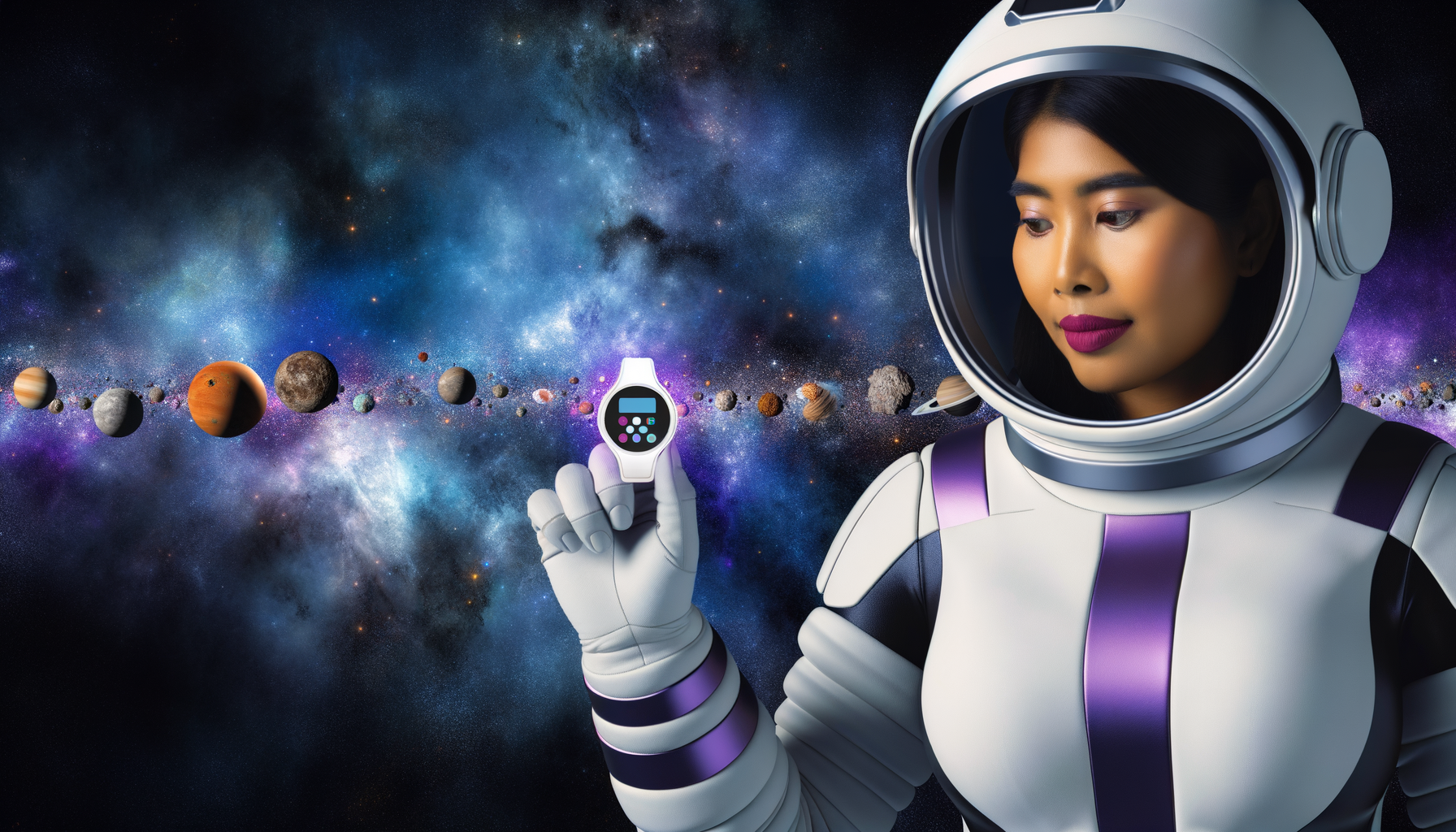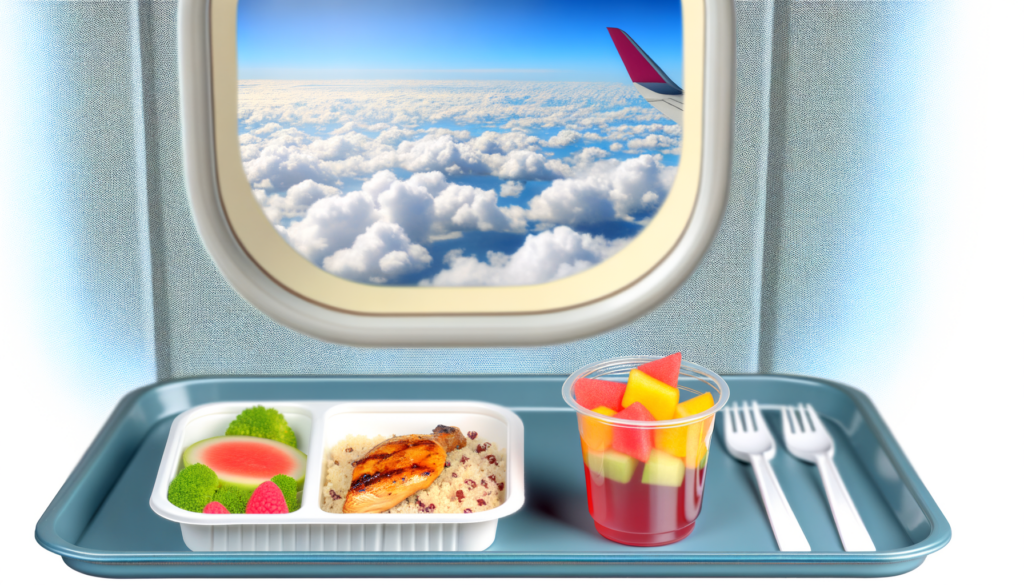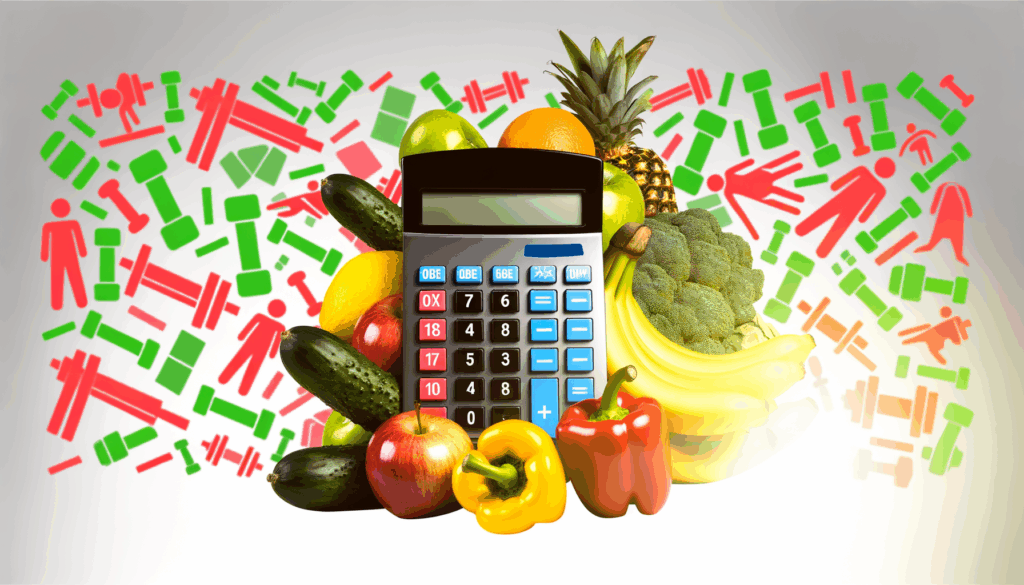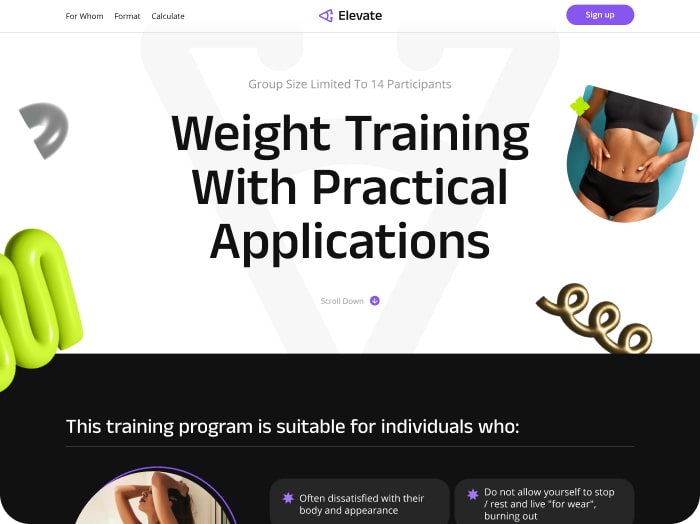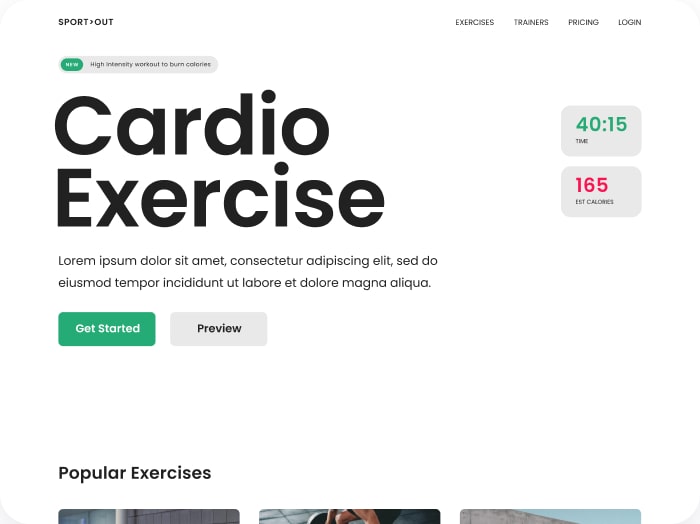For space missions, particularly those involving time dilation at near-light speeds, understanding and managing caloric intake is crucial for maintaining the health and performance of astronauts. The concept of relativistic nutrition and time dilation diets combines insights from physics, nutrition, and cosmonautics to address the unique challenges faced on such missions. Let’s delve into how these principles can be applied in space exploration.
Understanding Time Dilation and Its Impact on Metabolism
Time dilation, a phenomenon according to Einstein’s theory of relativity, occurs when objects move at significant fractions of the speed of light or are placed in strong gravitational fields. This results in time passing slower for the moving object relative to a stationary observer. However, the implications of this effect on metabolism and nutritional needs are more speculative and require a deeper exploration of how time dilation might influence metabolic processes.
Currently, there is no direct evidence that time dilation affects metabolism in a significant way at the speeds currently achievable by spacecraft. However, as technology progresses and missions approach higher speeds, understanding potential metabolic changes will become essential. The primary challenges remain logistical and physiological, such as maintaining a balanced diet during long-duration spaceflight.
Physiological Challenges in Space
Space travel poses several physiological challenges, including muscle and bone loss due to microgravity, and changes in gastrointestinal function. During prolonged missions, maintaining adequate nutrition becomes increasingly difficult due to issues like menu fatigue and the degradation of nutrients in stored food. These factors necessitate innovative solutions for food preservation and nutritional planning.
One approach to managing these challenges involves developing a better understanding of how nutritional needs change during spaceflight. Researchers like those at NASA and the European Space Agency (ESA) are working on this using platforms like the International Space Station (ISS) to study changes in metabolism and energy expenditure during space travel. For example, tools like the Calorie Calculator Cloud could be adapted to help model and predict these needs more accurately.
Nutritional Strategies for Deep Space Missions
Energy Requirements and Calorie Management
Estimating energy requirements for astronauts during space missions is complex. Research suggests that despite similar energy needs before and during flight, actual energy intake is often lower than requirements due to logistical constraints and decreased appetite in space. This can lead to significant challenges in maintaining body mass, which is critical for muscle and bone health.
For near-light-speed missions, predicting these needs becomes even more challenging due to the speculative nature of time dilation effects on metabolism. Current strategies focus on optimizing energy intake through high-density foods and personalized nutrition plans. The role of gut microbiota in supporting mental health, as proposed by research on nutritional psychiatry, could also play a crucial part in future missions by enhancing the brain-gut axis, which is critical for maintaining psychological well-being in prolonged isolation.
For monitoring nutritional intake and expenditure, technologies like wearable devices from brands such as Fitbit or Garmin could be integrated into astronaut suits or living quarters to track activity levels and provide real-time feedback on energy balance. This data can then inform more tailored dietary recommendations similar to those provided by the Calorie Calculator Plans, but adapted for space-specific conditions.
Food Preservation and Recycling in Space
Given the limitations of transporting food for extended missions, developing stable, nutritious, and varied food sources is essential. This involves not only preserving existing foods but also possibly implementing food recycling or hydroponic systems. Brands like Aerofarms and LetUsGrow are advancing indoor agriculture technology that could be adapted for space-based food production.
Additionally, companies like UpCycle are exploring innovative approaches to reducing food waste, which could be integrated into future space missions to maximize resource efficiency. For nutraceutical supplements, brands like Spectrum Vitamins provide options that could enhance nutrient intake without adding significant volume or weight to food supplies.
Future Directions in Relativistic Nutrition
As technology advances and space travel becomes more sophisticated, the field of relativistic nutrition will require a comprehensive approach that integrates physiological, psychological, and technological aspects. Developing personalized dietary plans that account for individual metabolic variations, as well as potential effects of time dilation, will be crucial for maintaining optimal health during extended missions.
Tools like the Calorie Calculator Cloud offer a foundation for managing calorie intake and could be further developed to include space-specific models that consider changes in metabolic rates and energy expenditure during prolonged spaceflight. By leveraging insights from space nutrition along with cutting-edge technology in food production, preservation, and monitoring, future missions can ensure the health and performance of astronauts even as they approach the boundaries of time dilation.
Conclusion and Next Steps
In conclusion, managing calories during space missions, especially those with potential time dilation effects, requires a multidisciplinary approach that combines nutritional science, technology, and space exploration expertise. While the immediate effects of time dilation on metabolism remain speculative, addressing the physiological and logistical challenges of space nutrition is paramount.
As research continues to evolve, integrating tools like the Calorie Calculator Cloud into space mission planning could offer a critical edge in maintaining astronaut health. For those interested in exploring how calorie management can be optimized in extreme environments, visiting resources like NASA, ESA, or learning about nutritional technologies from WHO can provide valuable insights into the future of space nutrition.
